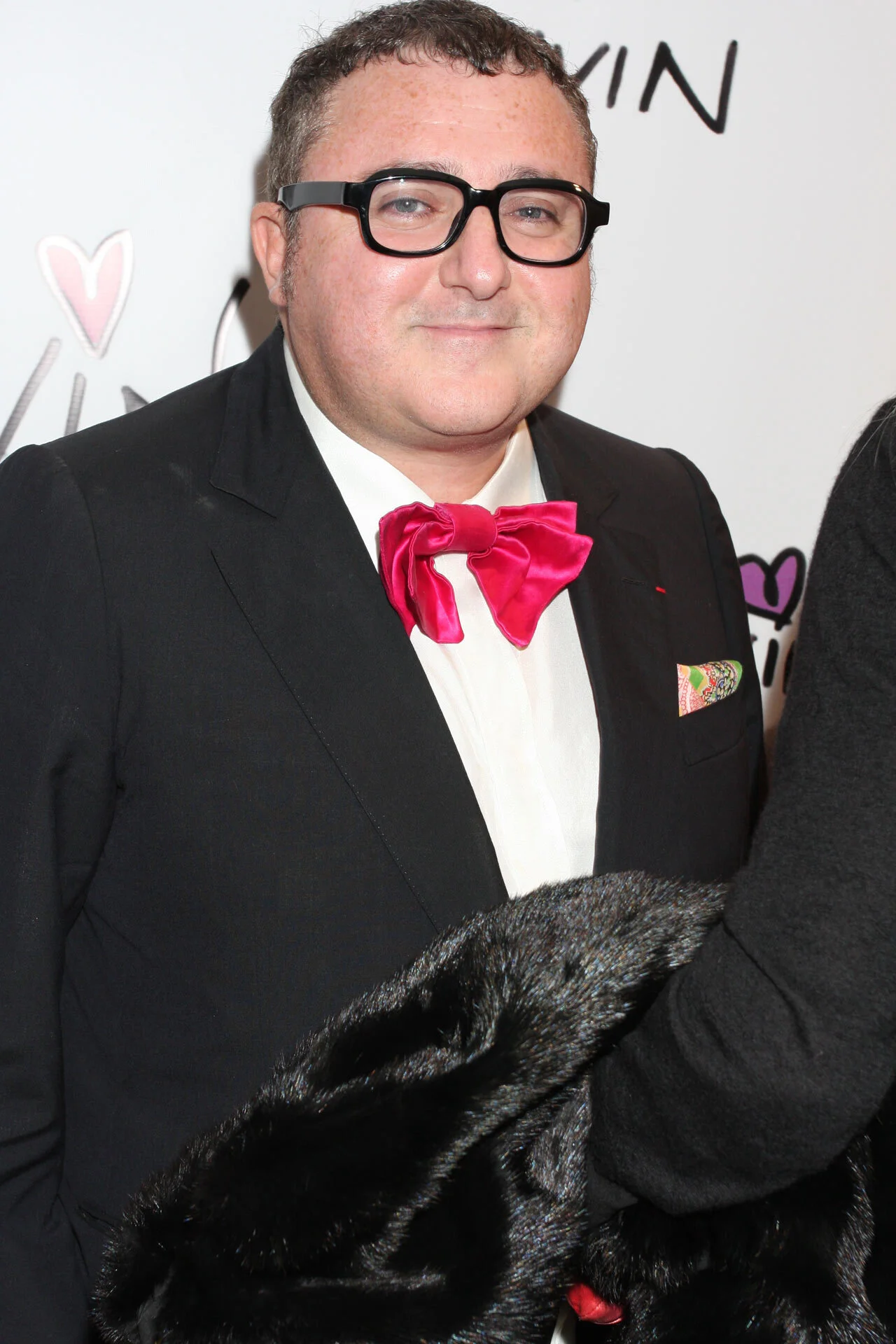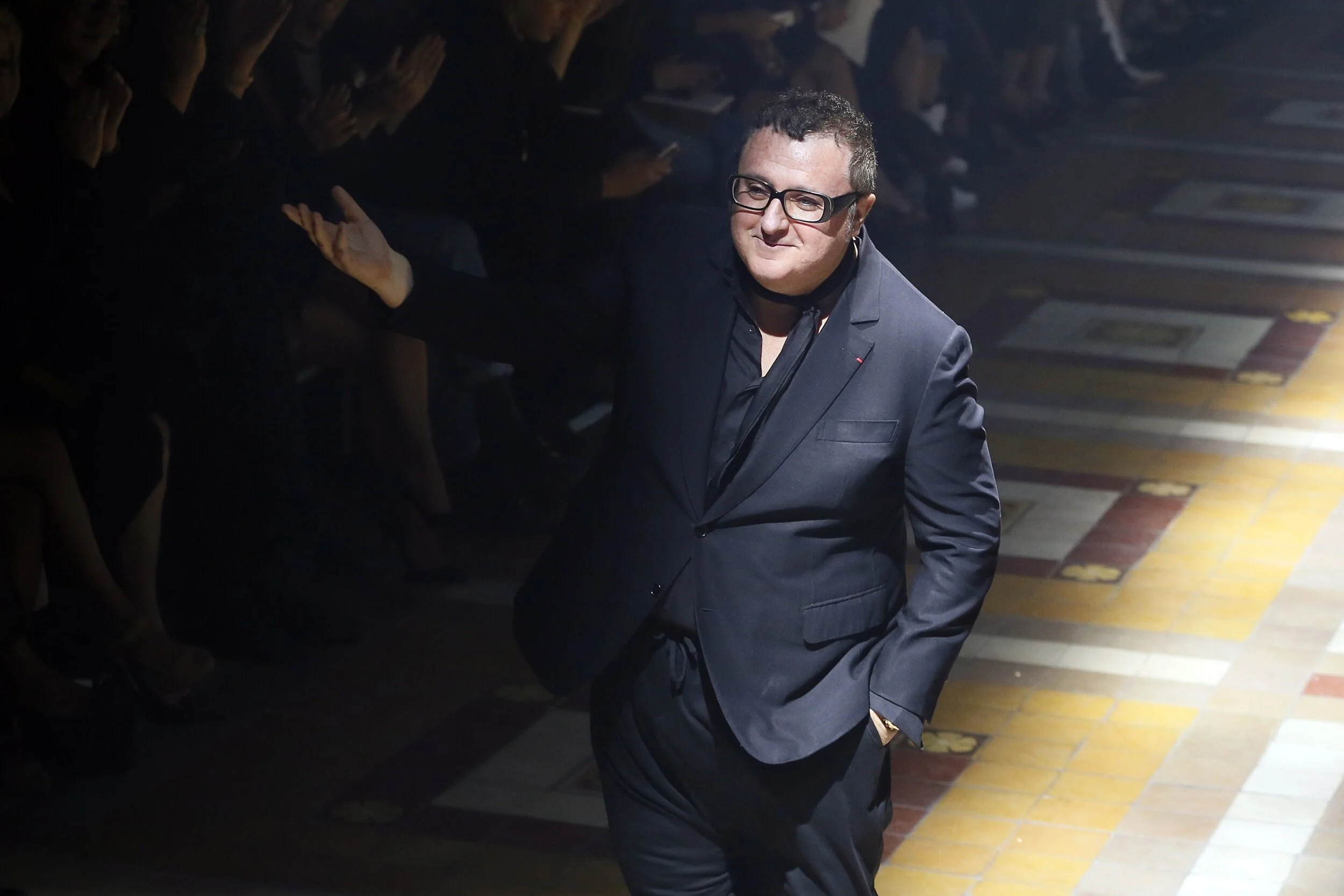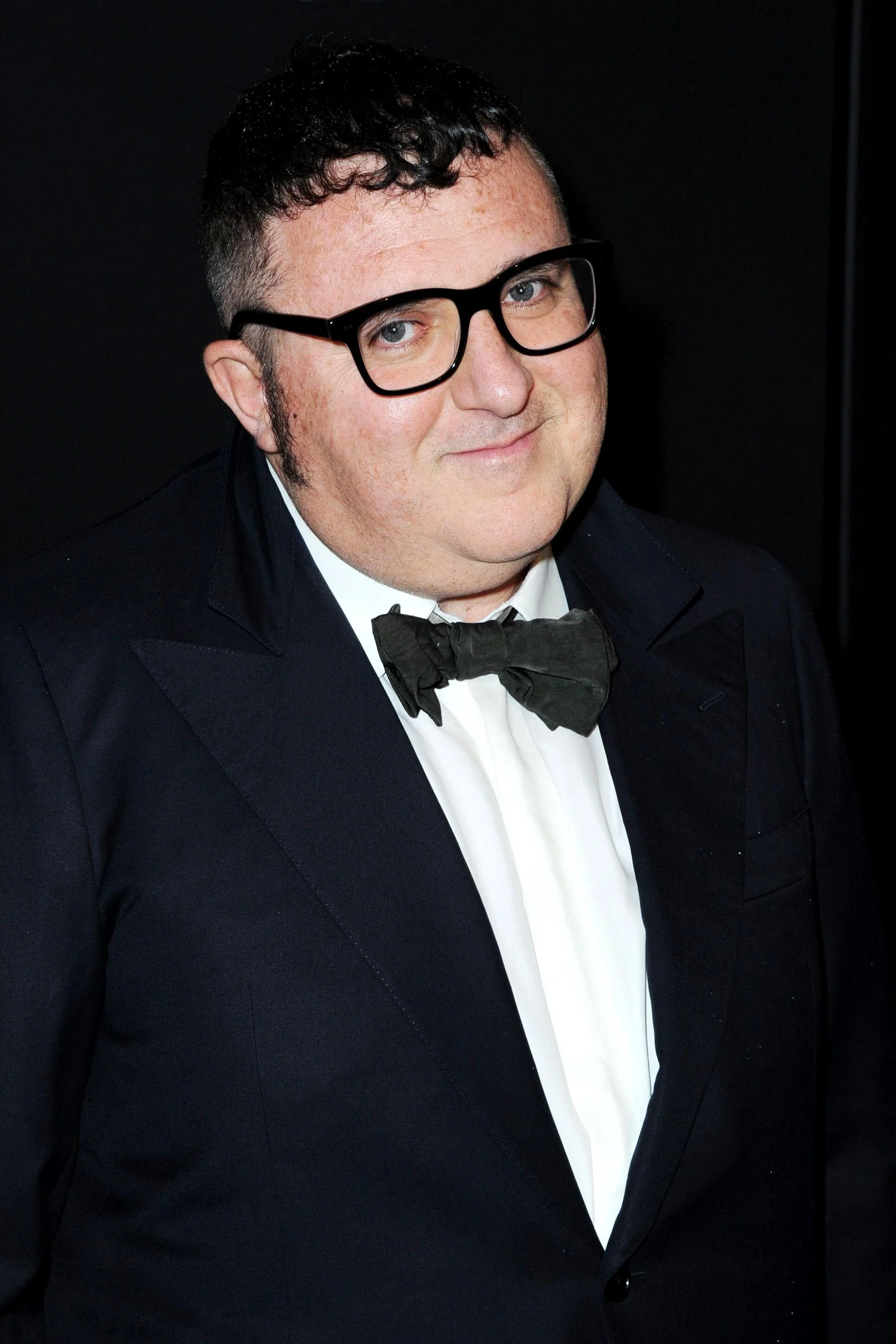Remembering Alber Elbaz, Visionary Designer, Generous Spirit, and Friend to All
Alber Elbaz, who succumbed to complications from COVID-19 at the age of 59, leaves a tremendous void in the fashion industry that he illuminated through the decades with his alluring designs and visionary thinking.
Alber Elbaz was born in Casablanca, Morocco. He was 10 when the Elbazes, like many Jewish families in Morocco at the time, left the country. They settled in the industrial city of Holon in Israel. Alber served his compulsory military service in the Israel Defense Forces and subsequently discovered his vocation while studying at the Shenkar College.
Although she might have preferred him to pursue training as a doctor—an idea Alber flirted with—his mother nevertheless recognized his talent and gave him $800 to pursue his fashion dreams in New York (where Alber dropped the soft t in Albert so that it would be easier for Americans to pronounce his name correctly). He worked for a bridal manufacturer before joining the studio of Geoffrey Beene in 1989. The prickly but brilliant Louisiana-born designer had a huge impact on the American fashion landscape at the time, influencing a whole generation of emerging young designers, Marc Jacobs and Isaac Mizrahi among them. Mr. Beene (as he was universally known) recognized Alber’s talent, and his protégé’s whimsical touch and powerful creative imagination were very clearly in evidence in the Beene collections in the early 1990s (during the Elbaz years the Beene label included the symbol of a hand-drawn bow). Beene was a hard taskmaster but his workrooms had a technique that was unmatched in the New York ateliers at the time, and Beene had an extraordinary instinct for unusual and innovative combinations of fabric and color, and for sinuous cutting, that Alber quickly absorbed. Thenceforth, Alber would always describe himself first and foremost as “a dressmaker.”
In 1996, Alber moved to Paris as the creative director of Guy Laroche. His first runway show for the brand was not without incident—I remember that many of the pearl necklaces that laced up the high-heel shoes came unraveled so that the girls struggled to walk and the runway was dangerously sprinkled with loose pearl beads. Alber’s appearance at the end of the show, however, with his Charlie Chaplin walk and wave, gave the whole thing an injection of slapstick humor, turning a negative into a positive.
Alber didn’t have long to prove his worth at Laroche, however, because Pierre Berge was taking note, and with the approval of Yves Saint Laurent, brought Alber in as the creative director of the ready-to-wear at Saint Laurent. The match seemed serendipitous—here was another designer who was born and raised under the North African sun and responded to the life-enhancing color and fluid sensuality of Indigenous Arabic clothing as well as Parisian style. Alber’s collections were respectful and stylish (“a strong modern take on the house’s timeless chic,” I noted of his fall 2000 show), and beautifully showcased on It girls such as Chloë Sevigny, but he didn’t have long to explore the YSL legacy because a season later the Gucci Group had acquired the brand and Tom Ford was installed at its design helm.
The Moroccan-born visionary is best known for catapulting Lanvin into the major leagues during his 2001 to 2015 tenure at the French house. His acrimonious split from the brand, which saw him forced to defend his work and leadership style, was well-documented, and Elbaz subsequently took a five-year hiatus. Returning to fashion on the spring 2021 couture schedule with a fresh perspective and a modern brand proposition, the industry was overjoyed to welcome back one of its leading creatives, who always imbued his work with such joy and put the focus squarely on making individuals feel special.
“It was a great privilege watching Alber in his last endeavor as he worked to realize his dream of ‘smart fashion that cares’,” continued Rupert. “His inclusive vision of fashion made women feel beautiful and comfortable by blending traditional craftsmanship with technology–highly innovative projects which sought to redefine the industry.” His brilliant innovations and ebullient presence will be sorely missed.


